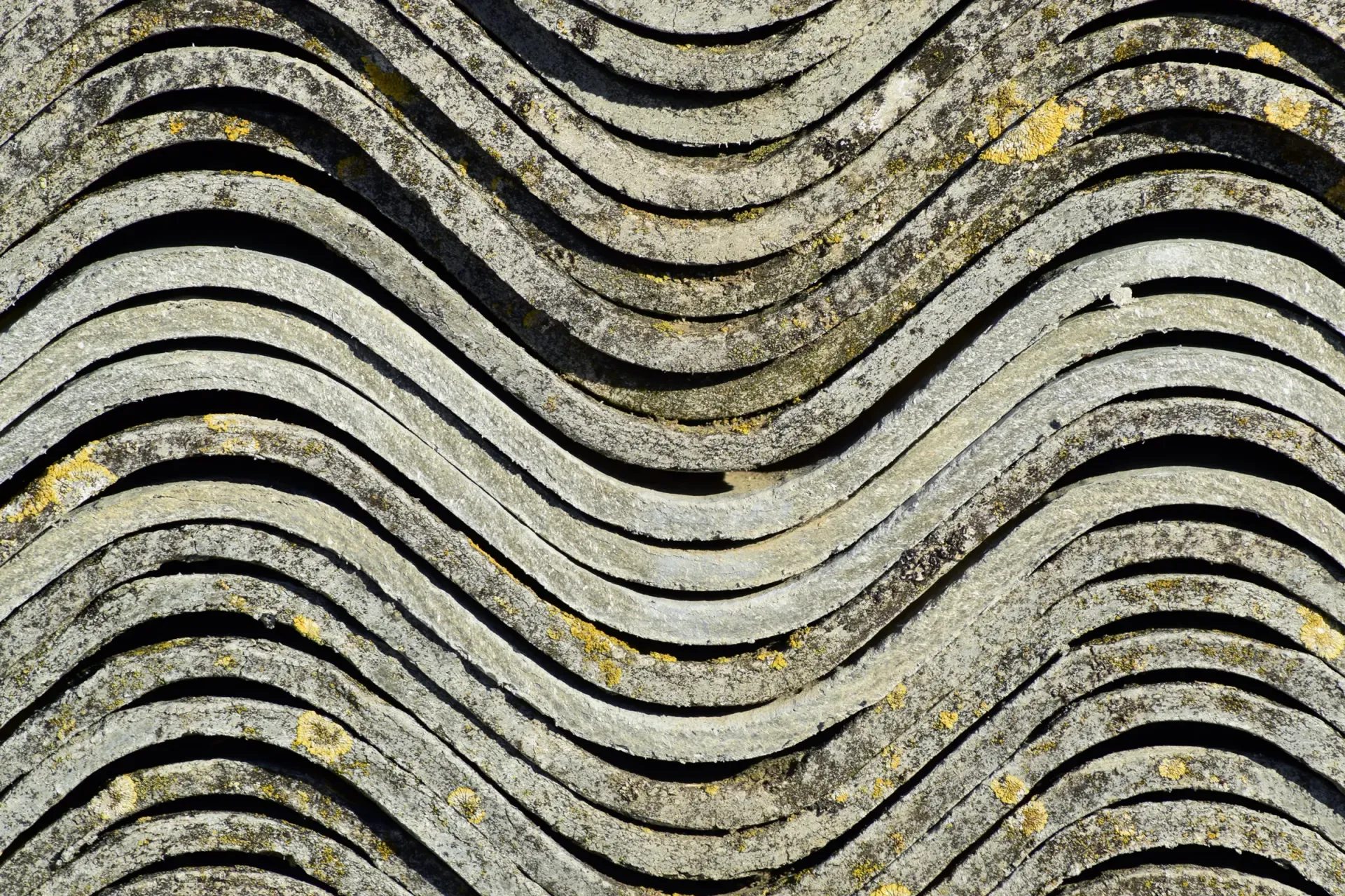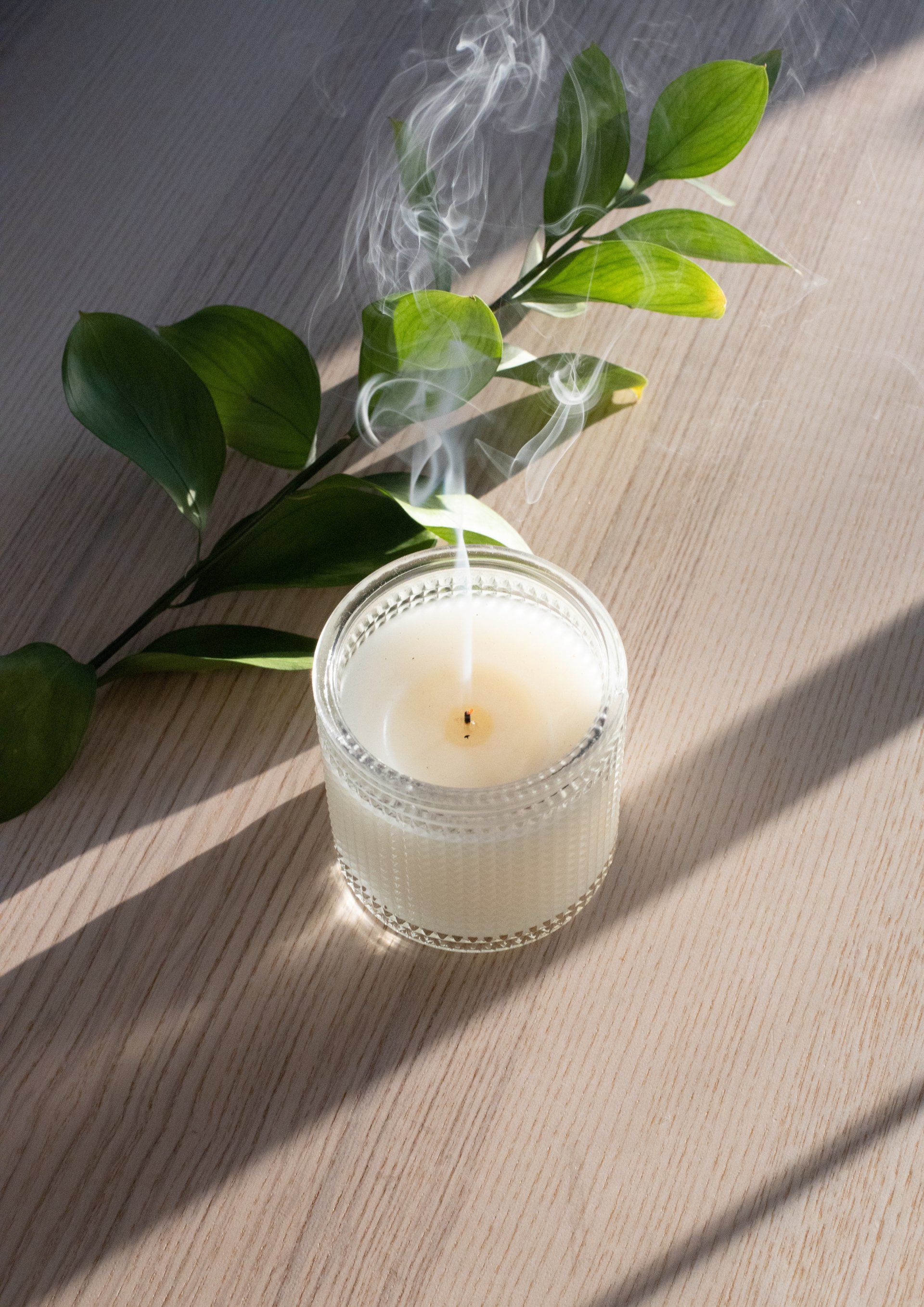Understanding and Preventing Mold Growth in Your Home
Mold is a common issue in many homes, often hidden and unnoticed until it becomes a significant problem. It's not just an aesthetic concern but a health hazard as well. Understanding the science of mold growth, its common causes, and the potential health risks can empower homeowners to take effective measures to prevent its occurrence.
What is Mold?
Mold is a type of fungus that exists everywhere in our environment and plays a crucial role in nature by breaking down dead organic matter. However, when it grows uncontrollably inside our homes, it becomes a problem. Mold reproduces through tiny, airborne spores that can take root and grow on any suitable, moist surface.
The Science Behind Mold Growth
- Ideal Conditions: Mold thrives in moist and poorly ventilated areas. It requires moisture, warmth, and a food source (like wood, paper, or fabric) to grow.
- Growth Cycle: Once mold spores settle on a suitable surface and conditions are right, they can grow and spread in as little as 24-48 hours.
Common Causes of Mold in Homes
- High Humidity: Homes with indoor humidity levels consistently above 60% are breeding grounds for mold. Basements and bathrooms are particularly vulnerable.
- Water Leaks: Leaks from pipes, roofs, or windows provide the perfect moisture needed for mold to grow.
- Condensation: Cold surfaces in your home can cause condensation, especially in poorly insulated areas, leading to mold growth.
- Poor Ventilation: Rooms like kitchens, bathrooms, and laundry areas often have high moisture levels and need good ventilation to prevent mold.
Health Risks Associated with Mold
- Allergic Reactions: Common symptoms include sneezing, runny nose, red eyes, and skin rash.
- Asthma and Respiratory Issues: Mold can aggravate asthma and lead to other respiratory problems, especially in sensitive individuals.
- Long-term Health Effects: Prolonged exposure can lead to more severe health issues, particularly in those with weakened immune systems.
Recognizing Mold
- Visible Growth: Look for telltale signs like black, green, or white spots on walls, ceilings, or other surfaces.
- Musty Odor: A persistent musty smell is a strong indicator of hidden mold.
Preventive Measures
- Control Humidity Levels: Aim to keep indoor humidity between 30-50%. Use dehumidifiers and air conditioners, especially in humid seasons.
- Fix Leaks Promptly: Regularly inspect your home for leaks and repair them immediately.
- Improve Ventilation: Ensure proper ventilation in high-moisture areas. Use exhaust fans and open windows when possible.
- Dry Wet Areas Immediately: Address spills, leaks, and condensation quickly. Keep towels, rugs, and curtains dry.
- Regular Cleaning and Maintenance: Routine cleaning can prevent mold from taking hold. Pay special attention to bathrooms and kitchens.
Professional Mold Remediation
If you suspect a serious mold issue, it's often best to consult a professional. They can assess the situation and determine the best course of action for removal and prevention.
Preventing mold growth in your home is an ongoing process that involves controlling humidity, ensuring proper ventilation, and being vigilant about moisture. By understanding mold and taking proactive measures, you can maintain a healthier, more comfortable living environment for you and your family. Remember, the key to mold control is moisture control.





